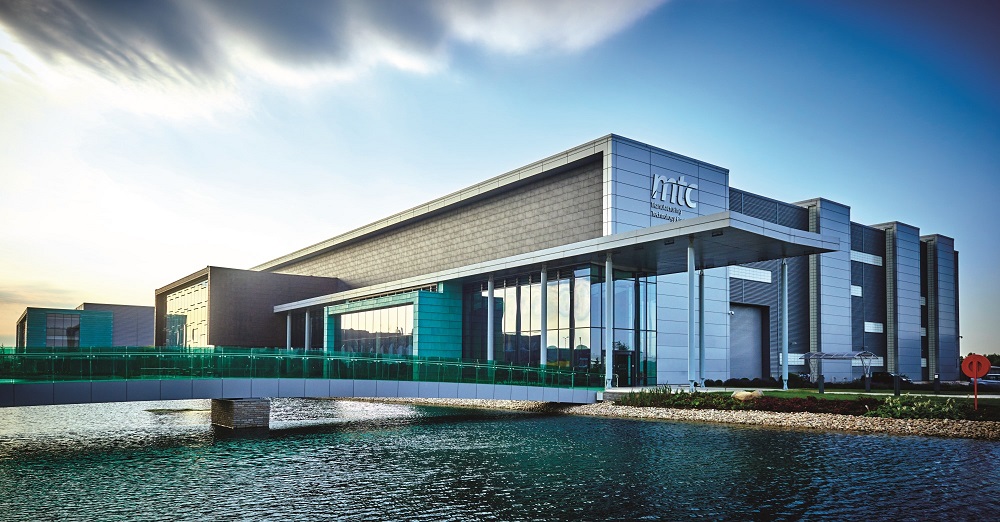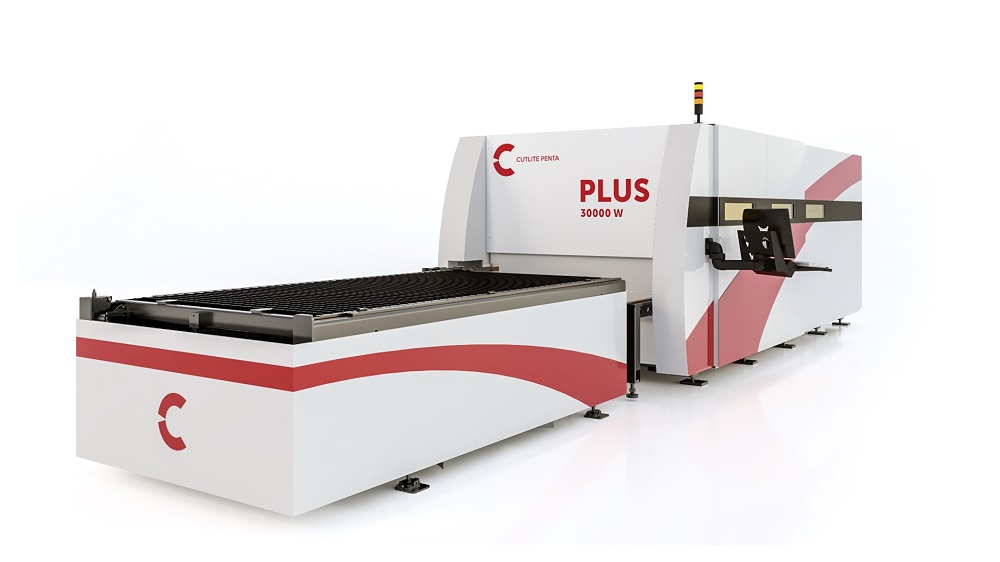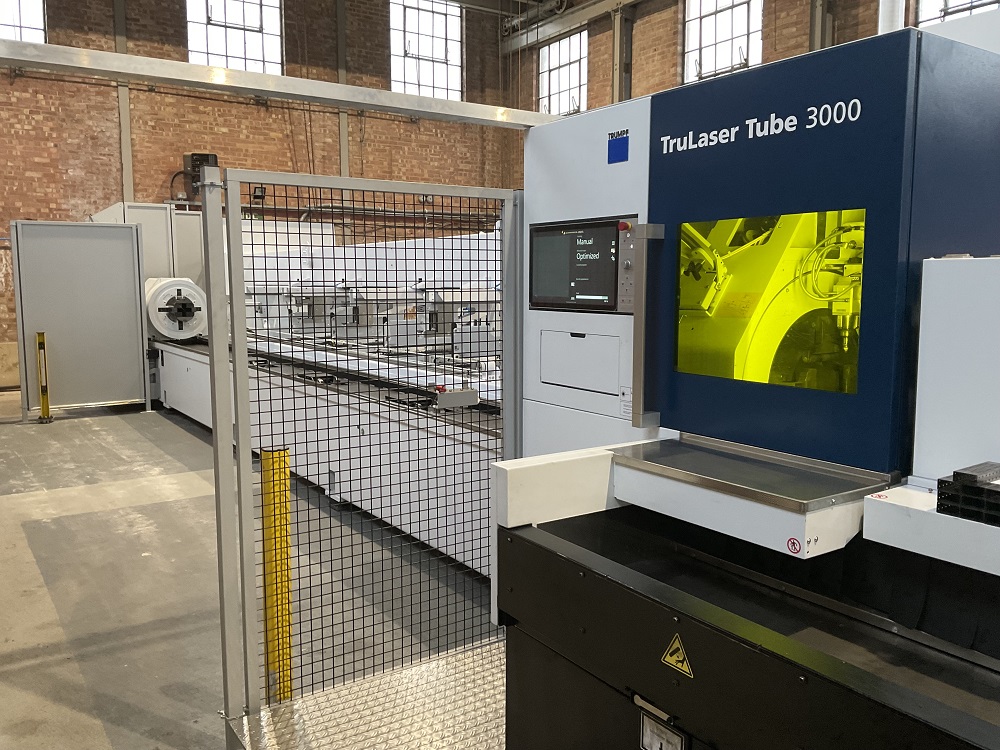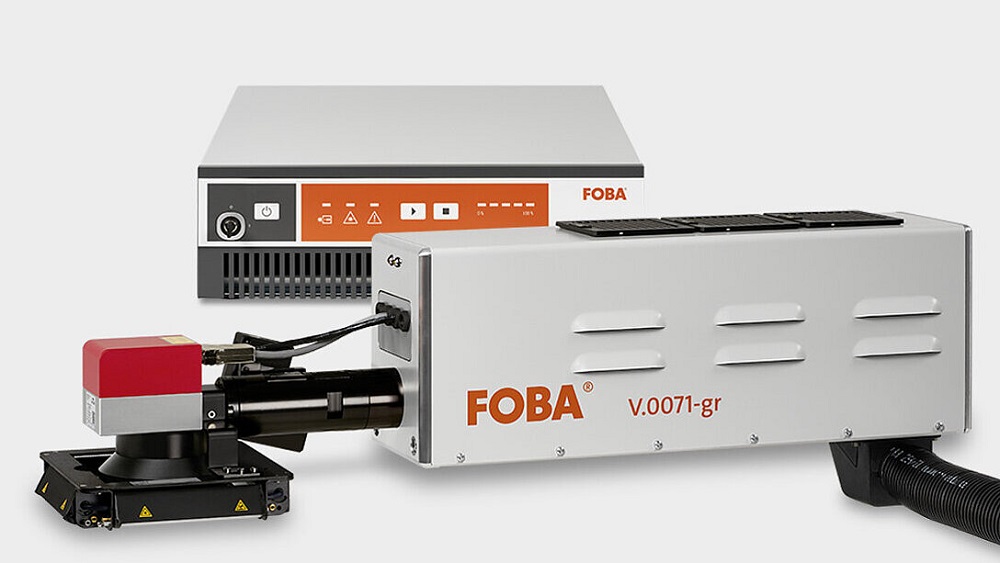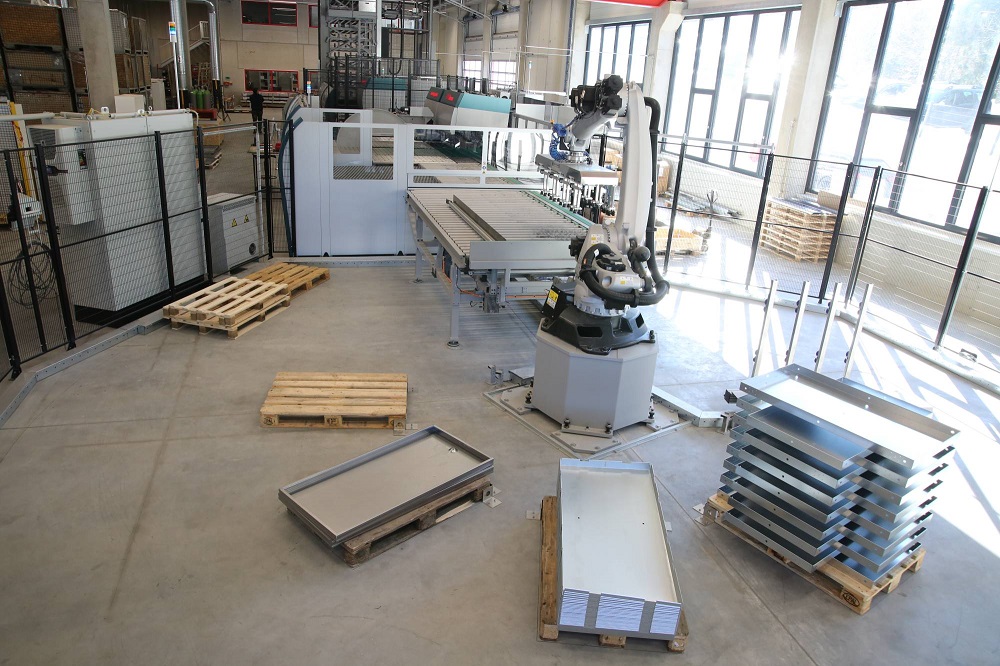The laser processing group at the Manufacturing Technology Centre (MTC) has joined forces with 13 research organisations and leading companies across Europe to design and deliver the next generation of laser texturing systems.The SYNTECS project is driven by sustainability and digitalisation principles to ensure maximum efficiency and productivity, and aims to increase the uptake and industrialisation of the technology among European manufacturers.
Component surface treatments offer a valuable way of improving the end results in areas such as roughness, scratch resistance and microbial resistance. Although used in manufacturing for decades, increased industrial demands for more complex, customised and better performing components have resulted in a growing need for multi-functional surfaces.
Laser surface texturing techniques provide an alternative way of achieving functional surfaces, but the full potential of the technology is limited due to the scanning technology and the digital architecture used.
MTC laser processing technology manager Tian Long See says the SYNTECS project will address these challenges by developing a versatile, low-cost laser texturing approach to generate surfaces with multi-functional performance responses, combining the two most promising scanning techniques – direct laser writing (DLW) and direct laser interference patterning (DLIP) into a single module.
“The hardware development will be supported by a sophisticated digital design module that will accelerate the design and optimisation of functional surfaces by considering the sustainability aspect of the component during the design stage,” he explains.“This will enable greener manufacturing fit for the future.”
Supported by funding through the EU’s Horizon Europe Framework Programme for research and innovation, the project consortium will develop a fully integrated versatile laser texturing system that reduces design and production time with a ‘right first time’ approach.
For further information www.the-mtc.org






